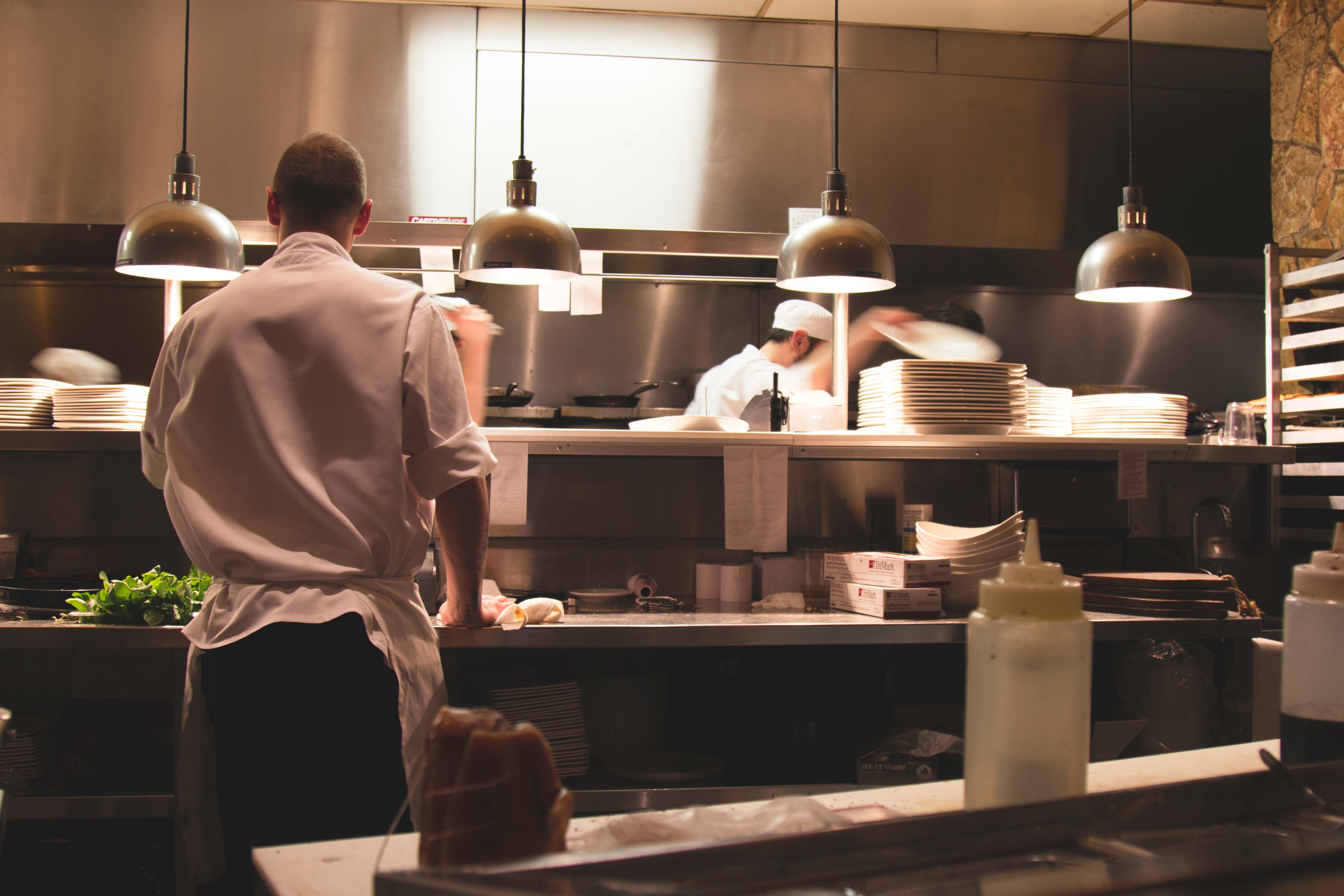Operating a successful franchise is an all-consuming task. There are bills to pay, employees to manage, facilities to keep up, and customers to serve. Improving energy efficiency, monitoring, and control through a central software portal is often the last thing on a busy franchise owner’s mind.
However, a good building energy management system will actually address many of those top-of-mind concerns. Improved temperature control can mean more productive employees, lower maintenance costs, and increased customer comfort. In reality, adopting such a system might be one of the most important investments a franchisee can make.
It improves your employees’ productivity
It might seem like the easiest way to control energy usage at a franchise location is to simply raise the temperature setting on your thermostat. Then, install a thermostat lockbox to keep employees from turning the temperature back down and blasting the A/C. Problem solved, right?
But it’s not really as simple as that. True energy management is all about having the flexibility to adjust to changing conditions. There are good reasons to blast the A/C on a hot day — it may actually improve your workers’ productivity. People who are too hot work slower and take longer breaks; they may also take more time off from work. One 2015 study of workers in Australia found that companies lost the equivalent of $655 per employee annually due to heat stress.
Installing lockboxes doesn’t mean an end to requests for temperature changes, either. It just means that your facilities manager (or whoever has the lockbox keys) will waste lots of time traveling from location to location to make adjustments whenever a building gets too hot or too cold.
By contrast, a building energy management system will allow you or your facilities manager to set thermostats remotely, so no travel is necessary. You can even schedule the thermostat settings to change over time — for instance, by turning down the heat overnight when no one is in the building. Or, you can build in wiggle room for employees to make their own thermostat adjustments onsite, but only within a certain range. Your newly energy-efficient buildings may suddenly see higher productivity from staff, too.
It reduces your maintenance costs
HVAC systems for commercial buildings are incredibly expensive. For example, they represent 15 percent of invested capital in most restaurant locations.
It’s a major headache for franchise owners when parts of those systems break down or underperform. Once ordered, most major mechanical components of HVAC systems take 8-14 weeks to be delivered. That’s up to three and a half months during which you’re attempting to serve customers in an improperly heated or cooled space — and that’s not even counting the time it takes to install the new component.
One advantage of a building energy management system is that it allows franchise owners to plan ahead for HVAC maintenance. Temperature sensors deployed throughout a building collect data that can be analyzed to highlight which heating and cooling units are underperforming. That way they can be replaced long before they fail entirely.
This feature can also help with capital planning. Rather than replacing HVAC systems based on their age, or waiting until they break, a franchise owner can start budgeting for an overhaul as soon as the system starts to show signs of running down.
It keeps your customers comfortable
Accurately tracking temperatures within franchise locations can have other benefits as well.
No building is all hot or all cold. Even when HVAC systems are in tip-top shape, temperatures can fluctuate from zone to zone based on proximity to heat-generating elements like computer systems or to cooling ones like freezers and refrigerators. Factors such as wall thickness or material can dramatically impact how evenly a given room gains or loses heat. All of this can affect employee and customer comfort if heating and cooling is not calibrated to these differences correctly.
The temperatures of storage spaces are important to consider, too. One 2012 study of cooling practices in 420 restaurants found that 86% of them did not follow all FDA-recommended cooling processes properly. About 12% of walk-in coolers and 34% of reach-in coolers were above maximum recommended temperature. The consequences of inadequately cooled food can be severe, including causing illness in customers.
A good energy management system gives a franchise owner visibility into all of these small but impactful fluctuations, so they can make adjustments to heating and cooling accordingly.
In the end, investing in an energy management system is about much more than energy efficiency in business. It’s about keeping employees productive, customers happy, and costs low.
Want to learn more about what energy management can do for your business? Schedule a Zen HQ demo here.






